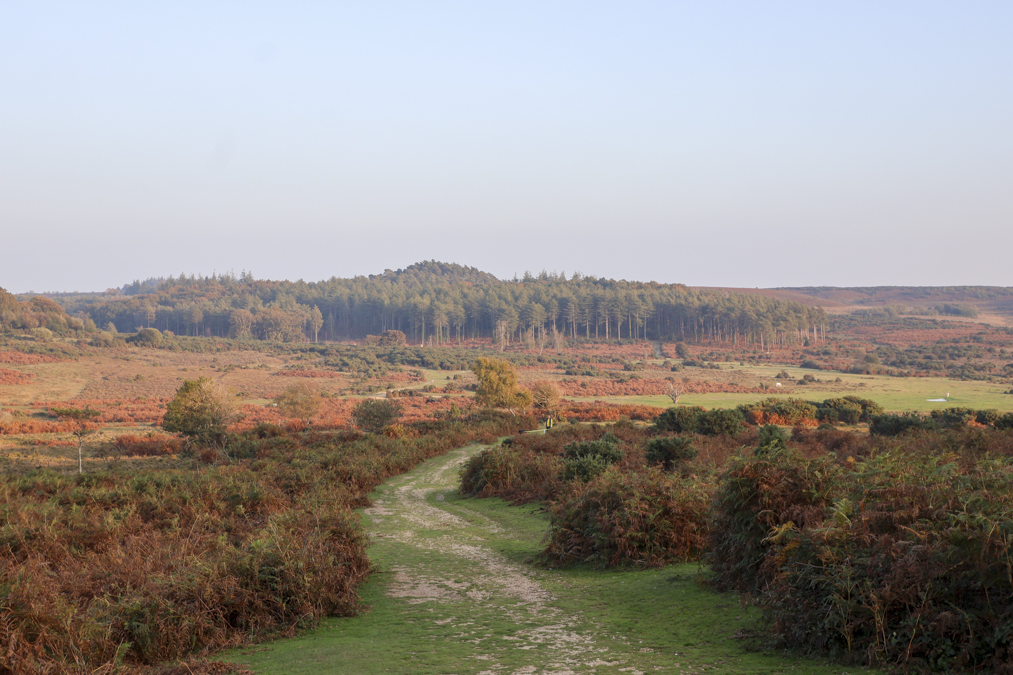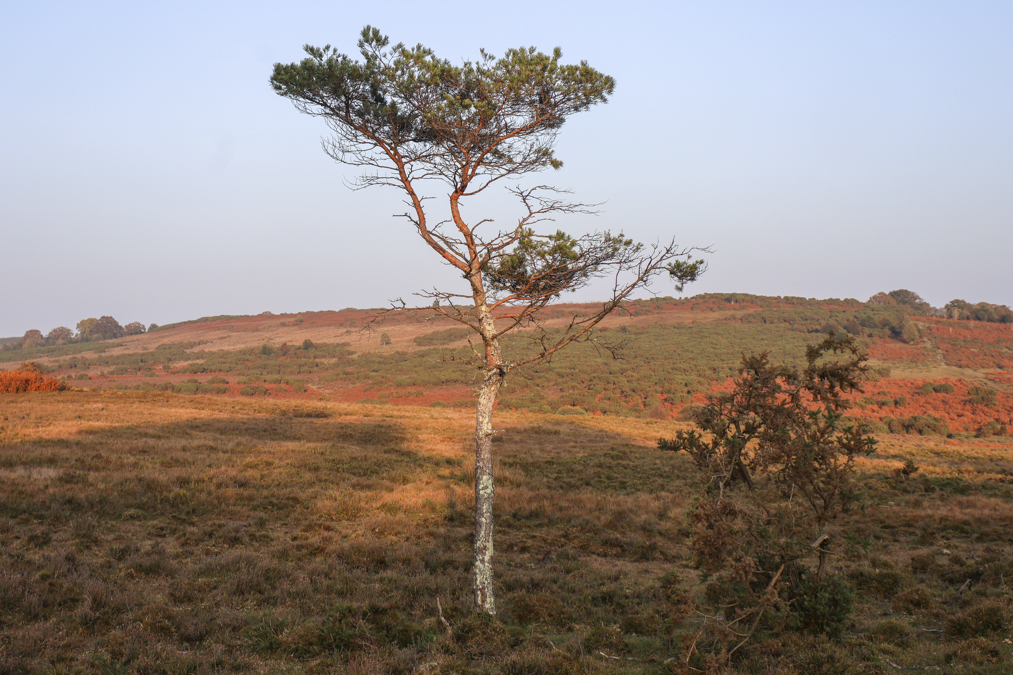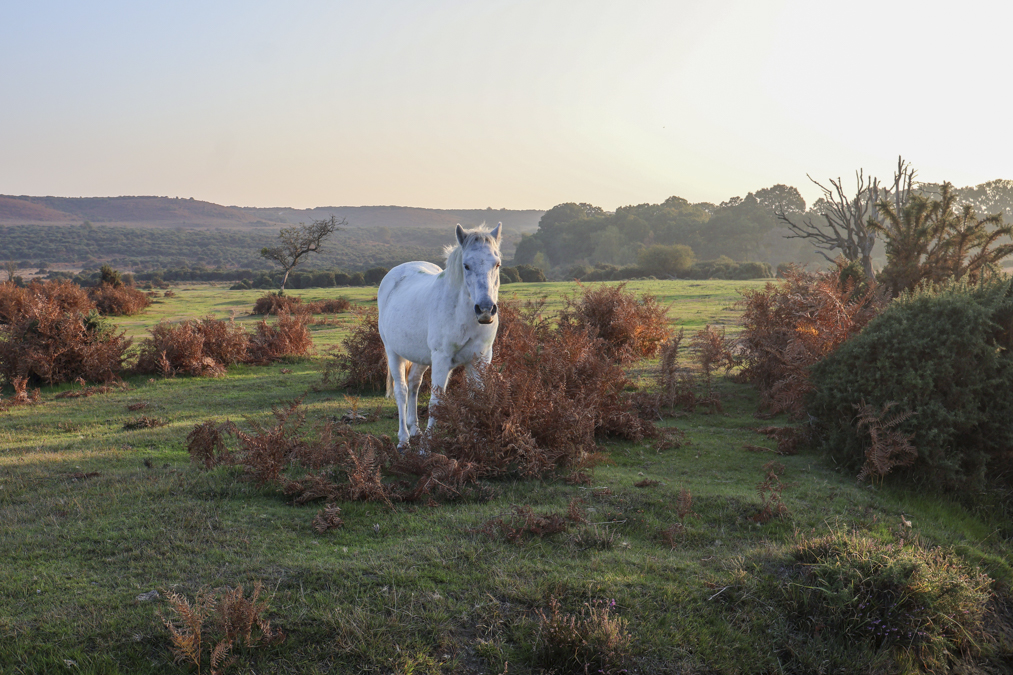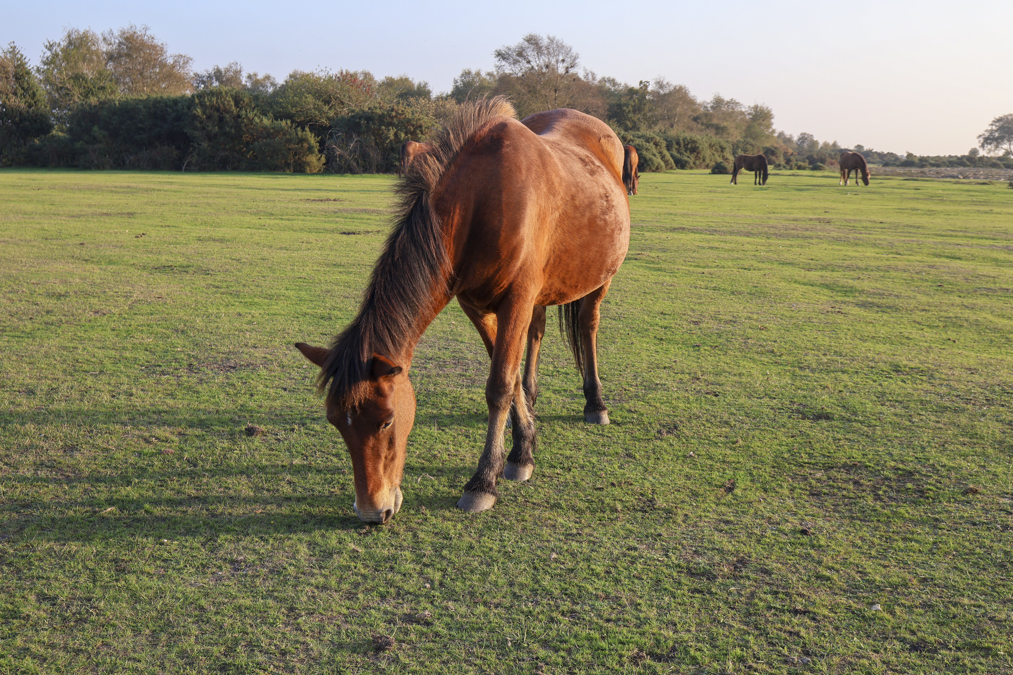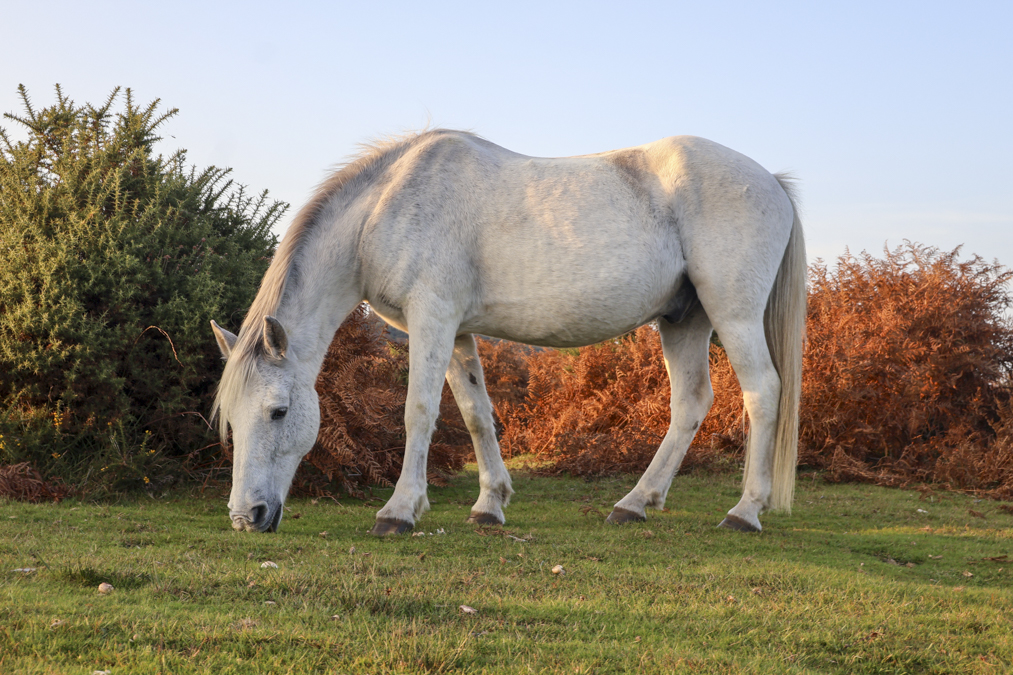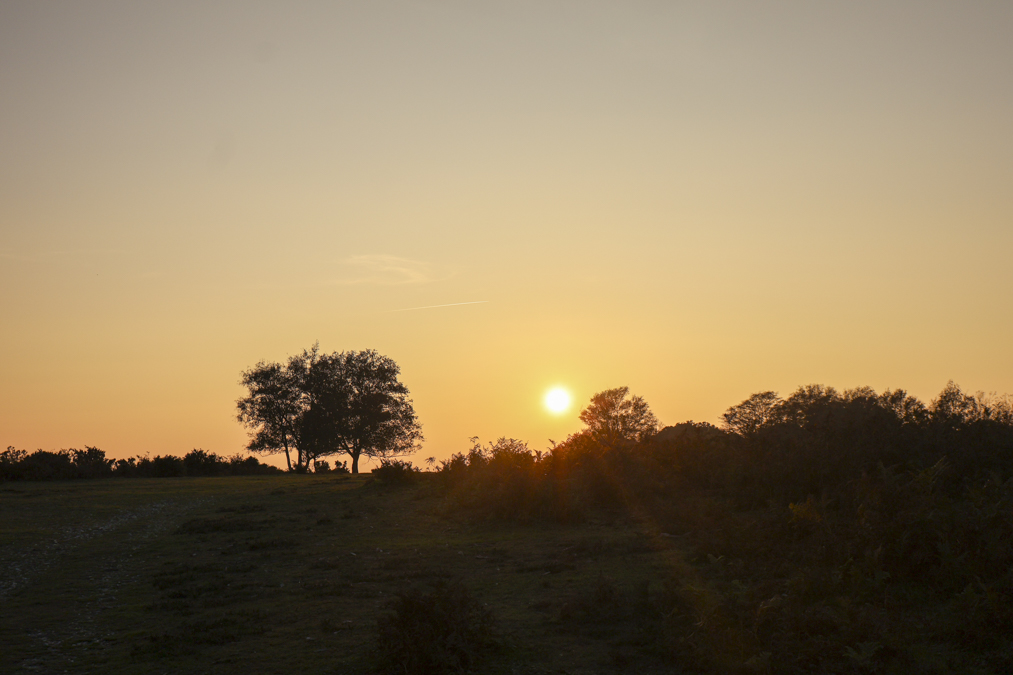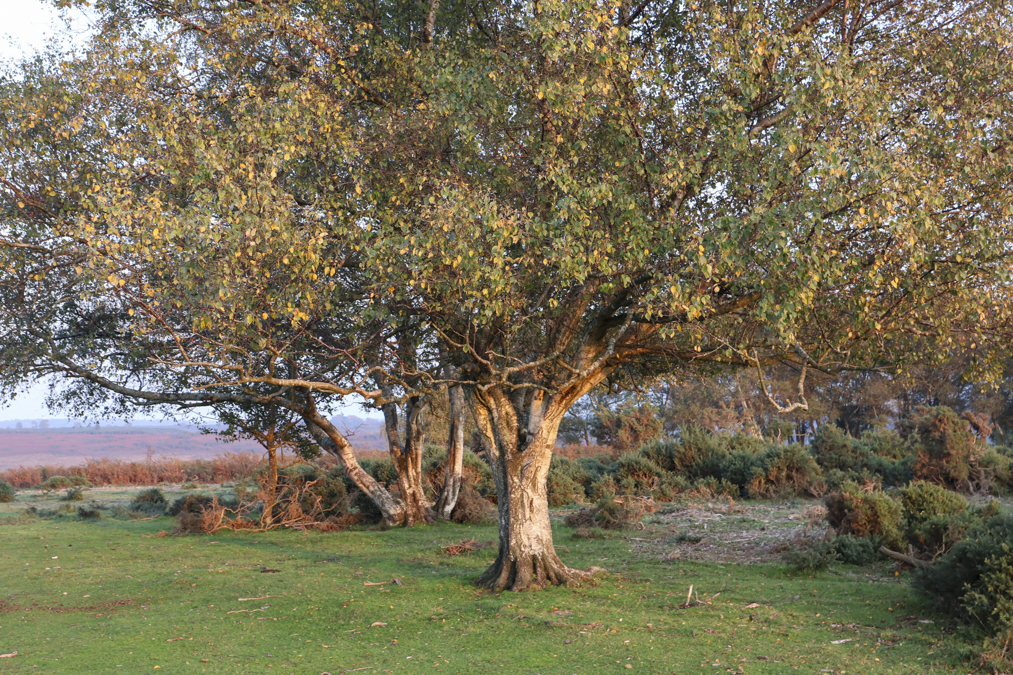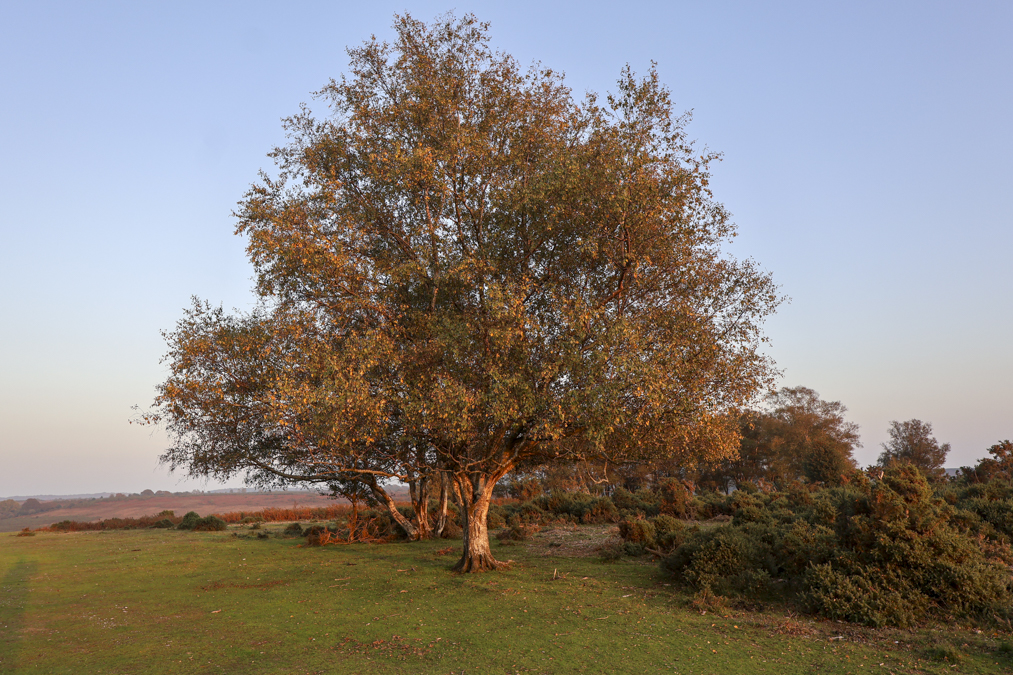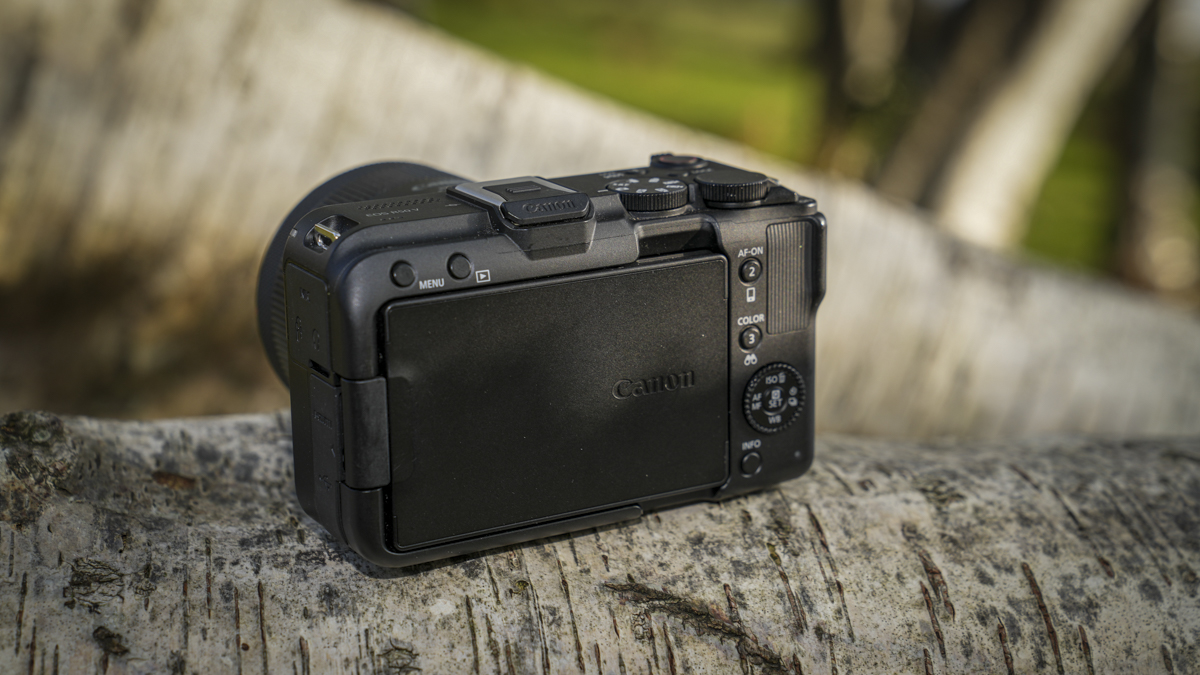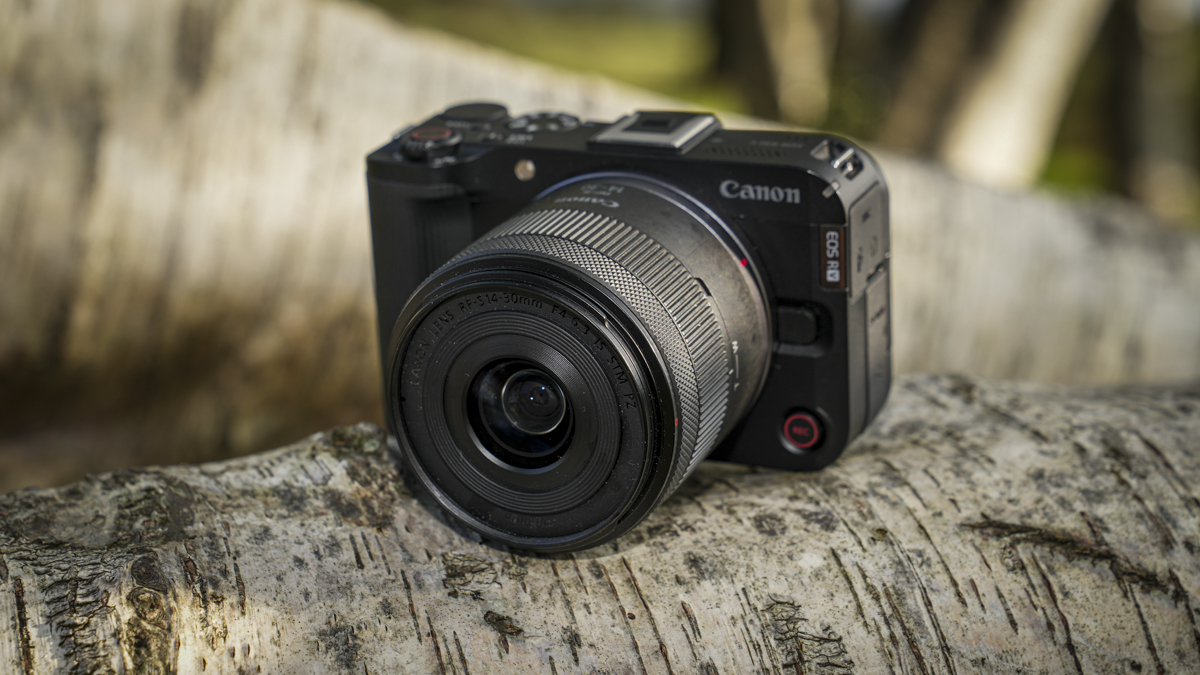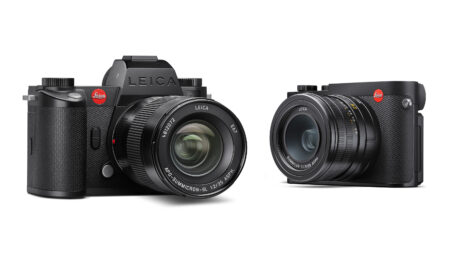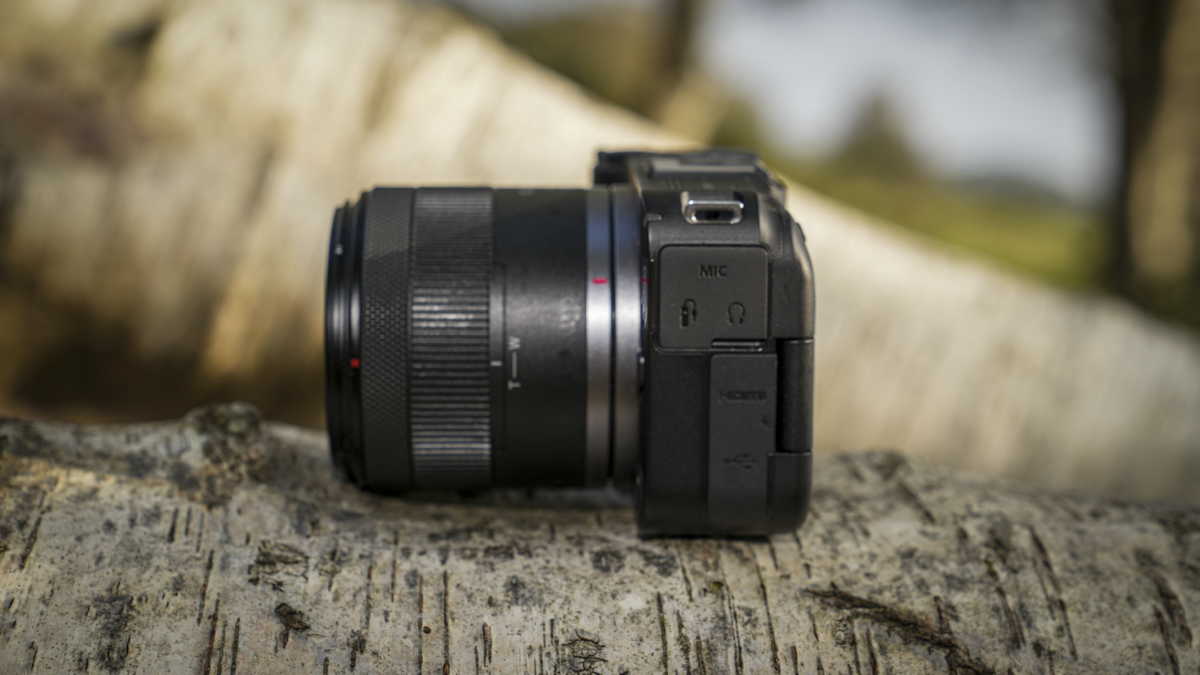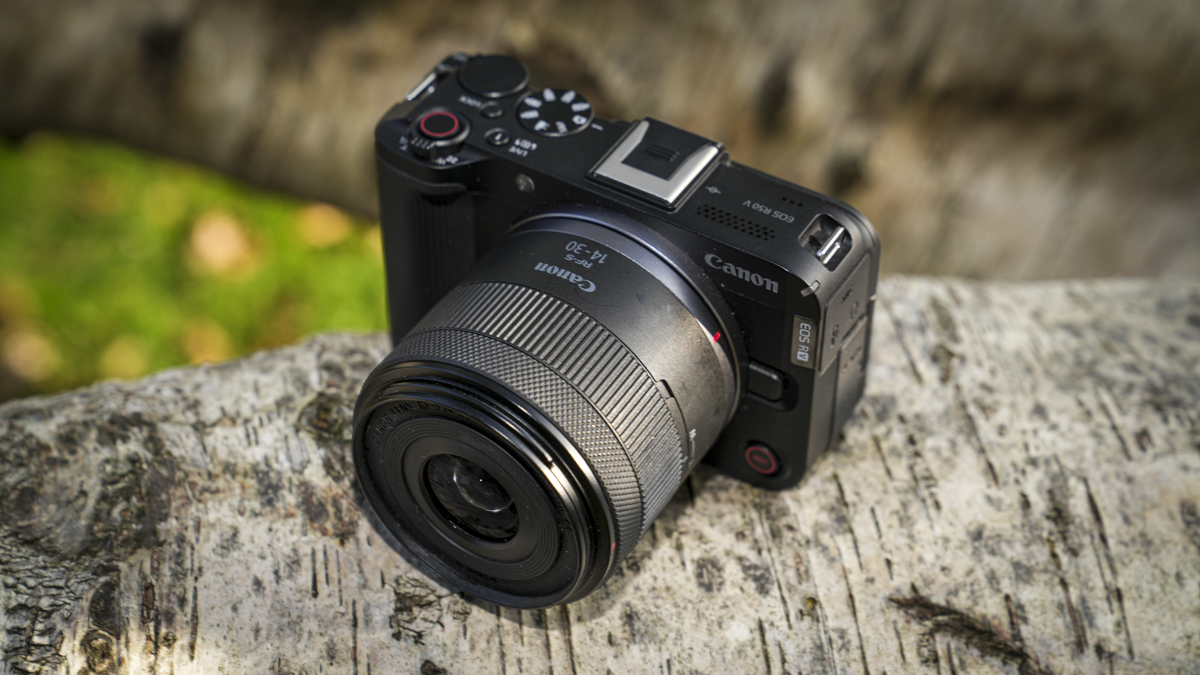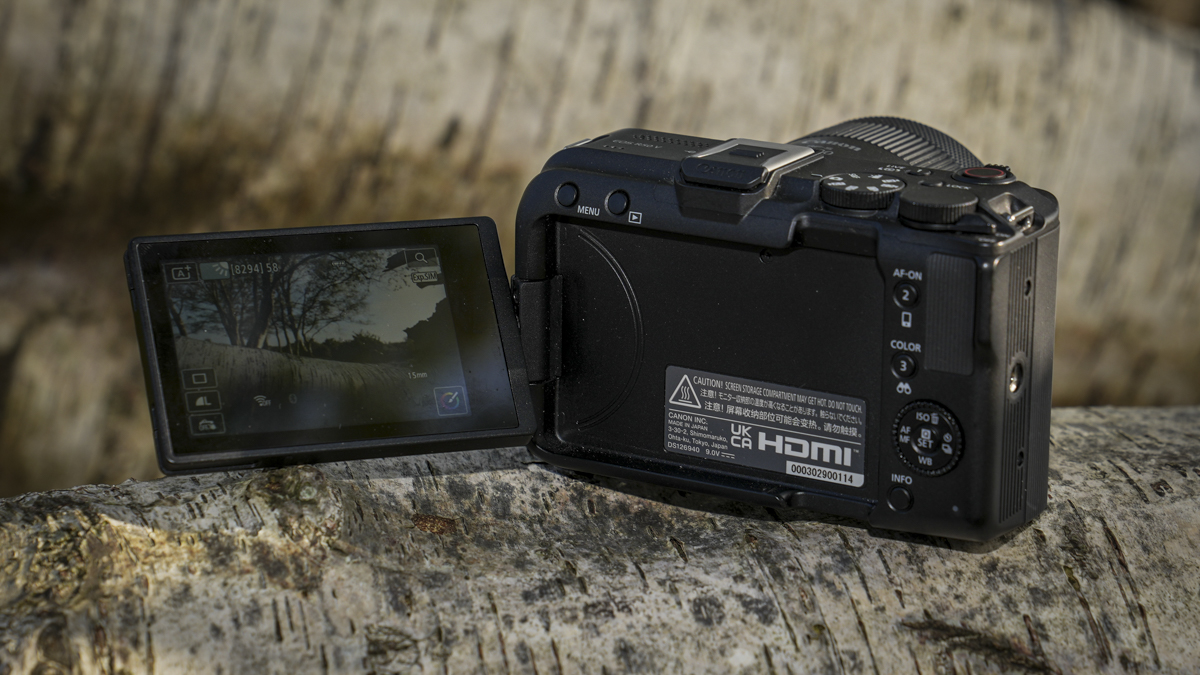As soon as you start to use the Canon EOS R50 V, you can tell what a different camera it is, and how all of the changes Canon has made to the Canon EOS R50 have been adapted to make it purely focused towards video.
The first thing that struck me about the Canon EOS R50 V was the form factor. The small, square body is far easier to use in video production, not only mounting on a tripod, but also putting it into some sort of video rig.
Especially when using it with a gimbal such as a DJI Ronin 4 Mini, it’s just smooth and fluid, and that square form factor is more akin to professional-level cameras such as RED and even Canon’s modular broadcast cameras.
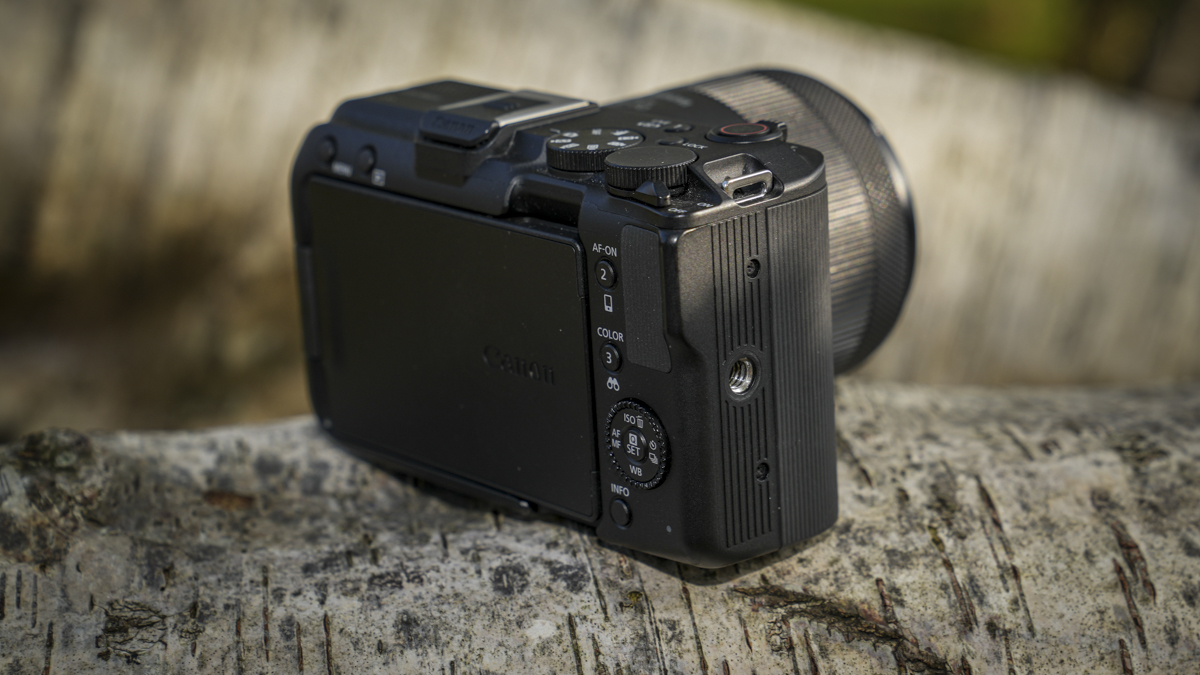
The body itself is also small and lightweight, so it’s extremely easy to handle. Whilst those with big hands might find it a little bit tricky because it is quite small, you can get used to it. For video production, even as a B-roll camera or a second camera, it works incredibly well, and I particularly like it due to the price compared with the Canon EOS R5 C that we use at the moment.
It does take a little bit to get used to, but if you’re a main video shooter, while LCDs have for a long time been the primary resource for composition, the switch here to the Canon EOS R50 V with no viewfinder isn’t too much of a leap. Especially for its focused market, those migrating from shooting on smartphones to this more professional-level (although entry-level) mirrorless camera make a lot of sense. That 3-inch LCD touchscreen is fully articulated, the touch response is nice and smooth, and over the years, Canon has taken on a lot of feedback from users. The user interface is one of the easiest to navigate on the market.
For those new to shooting video on cameras, it’s actually an extremely easy migration from a smartphone over to this system. The user interface, whilst it has been updated over the years, is much the same as previous EOS cameras from the DSLRs through to the latest mirrorless. So, if you are shooting on a still Canon and you want to migrate over to this more video-focused camera, then that transition will be equally easy.
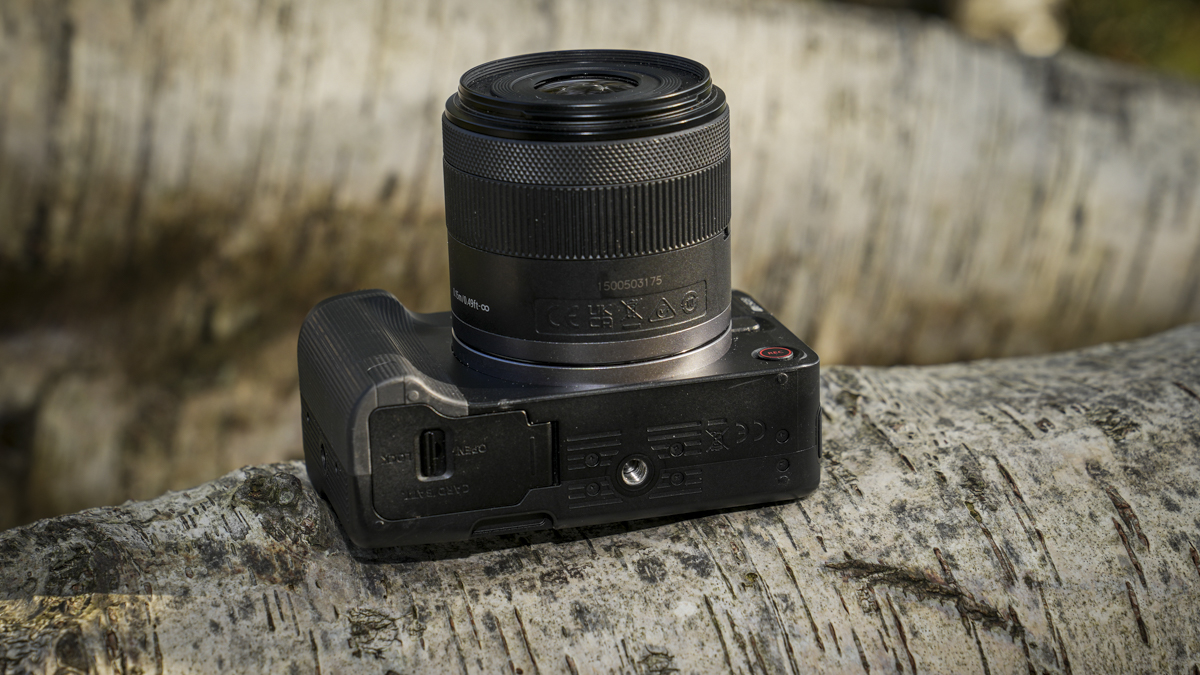
Finding flaws in this camera is actually relatively difficult when you consider what the price is, who the primary audience is, and the fact that it is an entry-level video camera, not primarily aimed at stills. However, I’ll run through a few of the negative points that I came up with during the review in one chunk, because then I can get on to just how good the camera is.
So, starting at the top, shooting 4K 60 frames per second. The video is actually filmed at 6K, then sampled down to 4K in order to create good, sharp footage. What I did notice was that you can get some slow rolling shutter effects when panning, far more than when I was shooting with the Canon EOS R5C. So that’s just one thing to highlight.
For me, one of the main usability issues is that there’s only a single command dial. I always find it easier when shooting to have command dials, one on the front of the camera and generally one on the back, so your index finger and thumb can adjust settings. If you’ve got the ability to customise those for shooting video or stills, it just makes life a lot easier. Here, with just one, it does make things a little bit trickier, and you do need to use button combinations or delve into the LCD menu. Again, it slows things down. But if you’re using this for its intended use, entry-level, that’s not going to be too much of an issue, and actually reflects the models of still cameras that are out at present.
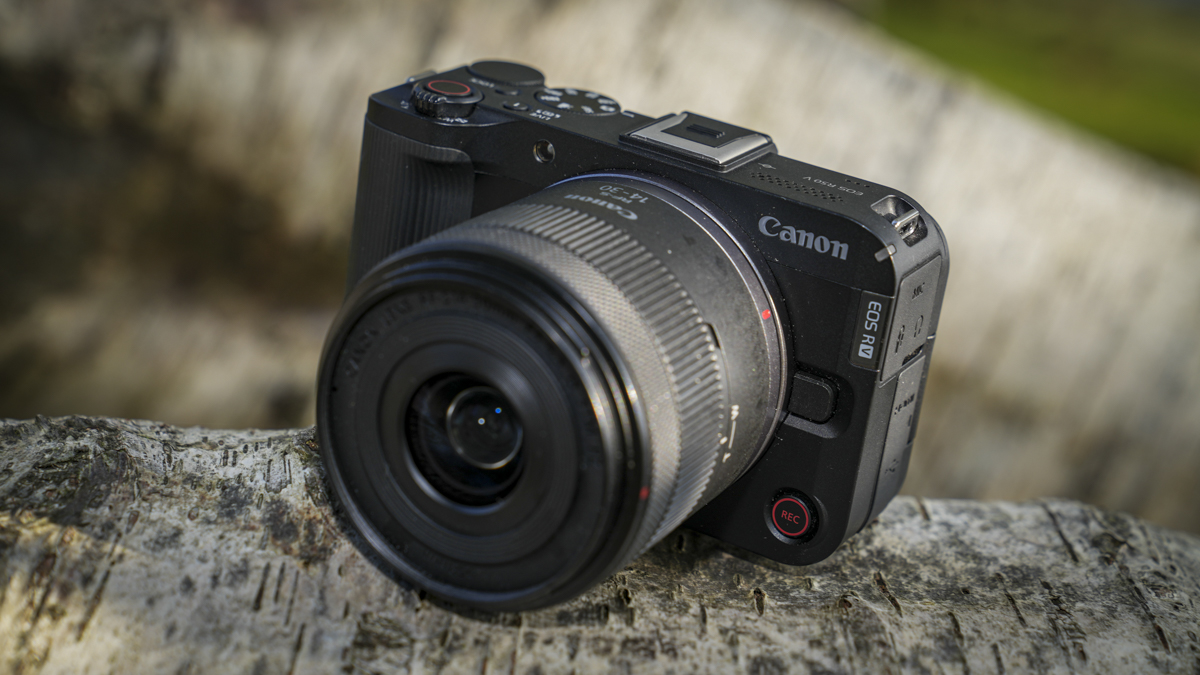
One of the big features that is missing, but also kind of makes sense, is the fact that it has no electronic viewfinder, so it’s purely the LCD. This is in line with where it’s focused, but those migrating from DSLR or hybrid mirrorless cameras might find this a little bit challenging. However, for those coming from a smartphone, it’s going to make absolute sense.
The other slight oddity is that while it has Movie Digital IS, essentially electronic image stabilisation, there’s no sensor-level stabilisation or IBIS . So, there is going to be a little bit of image cropping when image stabilisation is activated. This, for its entry-level user base, won’t be too much of an issue. But if you’re using this on a more professional level or as a second camera or B-roll camera, then it could be a slight problem. However, again, for its intended audience, electronic stabilisation I would perceive as being more than adequate.
For me, one of the bigger issues is that at present, the RF-S range of lenses from Canon is particularly weak. There just isn’t a great deal of choice, and those that are available, such as the 18–45mm, are relatively weak in aperture range. That is something to bear in mind. You can obviously use an EF to RF adapter so that you can use older lenses, or you can buy the full-frame RF lenses, but these are both quite expensive, and due to the size of the body, it does cause a bit of imbalance.
One of the other points that I did note, and initially I thought this was due to the speed of the SD card I was using, is that the buffer size for RAW images under continuous shooting is relatively small. However, once again, this is a camera designated for video, with stills being secondary, so that shouldn’t be too much of an issue.
Really, that’s about it from the negative points that I felt while using the camera. Otherwise, as an entry-level video hybrid camera, it all seemed very finely tuned.
One of my first observations was that the exposure mode dial – that normally seen on a Canon camera as P, Tv, Av and M, along with a load of presets and auto modes, has been adapted along the same lines, but for video. For entry-level, I really liked this. Again, if you want to switch between video and stills modes, then there’s the usual switch, which makes it very easy to use when you know the procedure.
Getting into filming is all very easy, using the shutter button or the large button on the front. Again, a feature that filters down from the pro range of video cameras, and just shows that this camera has been very carefully thought out as a first step into the world of video production and Canon’s range of video cameras.
In use, the LCD user interface is well thought out and perfectly tuned for video. You just tap on the functional feature or setting you want, and you can quickly swipe your finger left or right to adjust. So, if you need to adjust the aperture, that’s all easy enough.
The autofocus modes were also pretty good. If you’re using continuous autofocus, then it was very good at tracking moving subjects as they moved around the frame, from left to right, being tracked not only by the camera but by the DJI gimbal. It seemed to keep up focus really nicely.
However, the only issue I had with autofocus was when I was taking still images – occasionally it would miss the subject or just become very difficult to actually focus on what I wanted. This could’ve been due to the kit lens that I was using, but I felt it was a bit more of an issue, so I put on the 24–70mm, which might have been a little bit overkill for this particular body.
However, when it came to shooting video and the quality of that video, I was absolutely stunned by just how good it was. The fact that I could shoot in all the standard profile modes and had all the standard colour profiles gave me an instant look straight out of the box. But then, when I switched over to Canon Log 3, I was able to shoot really good flat footage. Whilst it might not have the bit rate of some of the more expensive premium cameras, it’s still good enough to blend perfectly with other cameras. And if you’re shooting solely on Canon EOS R50 V cameras, then there’s absolutely no reason you couldn’t produce a very cinematic effect with beautiful imagery and grading for a professional result.
The quality of the 4K footage really is something to write home about. Canon has a long tradition of superb video quality, right from the outset with the Canon EOS 5D Mk II, and here that quality is reflected even with this entry-level model. Anyone who has been shooting video for years won’t fail to be impressed by just how good it is.
Shooting at 4K 30fps and 60fps produces some superb quality. OK, you’re not going to get the professional level that you would from the Canon EOS R5C, but it’s so close that, for its intended market, once again, it’s going to be more than good enough.
Away from the video quality, there are several other factors that make this camera so good to use for video. The fully articulated screen makes it easy to shoot from behind the camera and also in front, giving you a good, bright view of what you’re actually capturing. Then there’s the form factor of the camera itself, which makes it so easy to mount to gimbals and larger rigs. And for me, the ability to plug in headphones and a wireless microphone, such as the DJI Mic 3’s , just makes the whole process that much easier.
This is an absolutely ideal camera for education, for those looking to get into videography, and for occasional use within business. In fact, when it comes to businesses looking to shoot video, this camera is so well priced for that market, and for people who aren’t necessarily trained in shooting video, it gives you all the tools to take a step up from shooting on your mobile phone.
Overall, it is a camera focused on video production. For vloggers and content creators, as well as for education and business, the Canon EOS R50 V is absolutely spot on.

